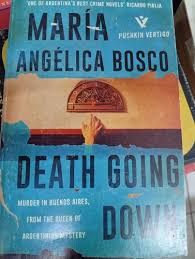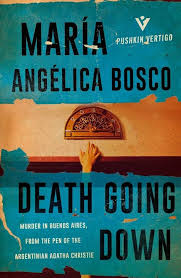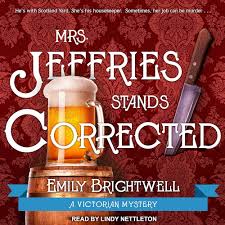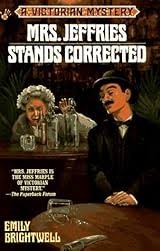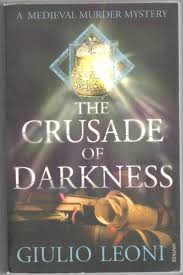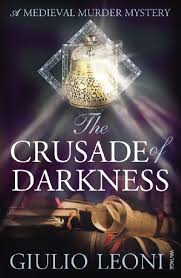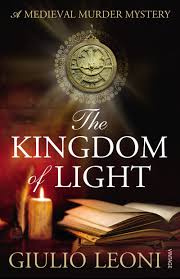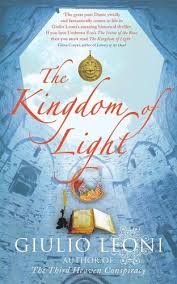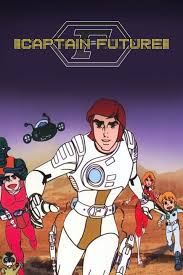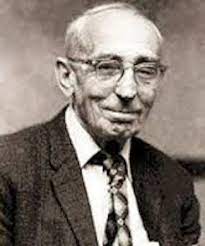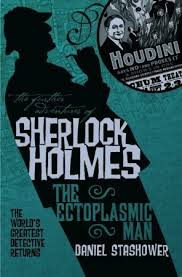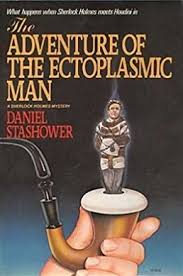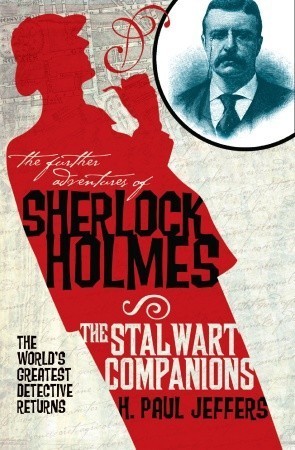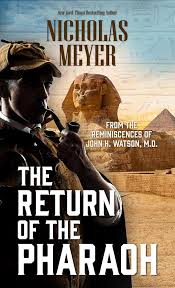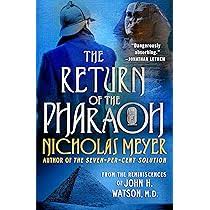Good Reads meta-data is 192 pages, rated 4.08 by 695 litizens.
Genre: krimi; Species: Holmes.
Verdict: Stilted.
Tagline: Bully!
What chance do villains have when a young Sherlock Holmes is on the case? Even less when he is abetted and assisted by a young Theodore Roosevelt.
Holmes is in a company of British actors touring the USA so he can learn the tricks of the thespian trade: make-up, disguise, voice changes, posture, accents, and costumery. A brash Roosevelt had written him a fan letter after reading one of his early monographs on ash or something and they meet in New York City. No sooner than they do, than a man is shot and off they go in pursuit, this dynamic duo.
To the police this is a mugging gone wrong, but in it Holmes sees an ocean or more exactly a political assassination in the making.
Thanks to the intervention of Holmes, President Rutherford Hayes is not assassinated. His one-time Democratic rival Samuel Tilden figures in the investigation, as does a later Vice-President, Chester Arthur, and an elusive Charles Guiteau. A student of US presidential history will see in this list a connect the dots picture. In a corrupt election Hayes defeated Tilden, who, to his credit, accepted the result for the sake and peace and quiet. Later, Guiteau shot President Garfield, while proclaiming he was a Stalwart, the name of a political sect. The result was that Arthur, likewise a Stalwart, became president. Hmmm. The rug of history has been pulled over this for centuries.
Until the current incumbent caused the question of corruption to be reopened, historians had regarded Arthur to be the most venal president. He will now have to cede that title to the Felon-in-Chief.
Footnote: Guiteau had a brush with utopianism in that he joined Noyes’s Oneida Community for several years, but was banished. The details are salacious. The brief biography of his miserable specimen reminded me of many holders of high office in the news today.
I said ‘stilted’ above because it is written as if it were from Roosevelt’s diary and so imitates his laboured styled. And I guess it is successful in that imitation because it certainly is laboured.
***
Stimulated by this reading I once again sought a biography of Tilden. No recent one exists, as I discovered the last time I tried to find one about ten years ago. There is a gap in the literature then, but this time I did find one published in 1939 and will acquire and read that as the world turns.
I formed a very high opinion of Theodore Roosevelt in reading Edmund Morris’s three volume biography of the man some years ago. Highly recommend to biographistas.
This book is a volume in the series of more than thirty reprints as ‘The Further Adventures of Sherlock Holmes.’ I have read several others, each by a different author.
